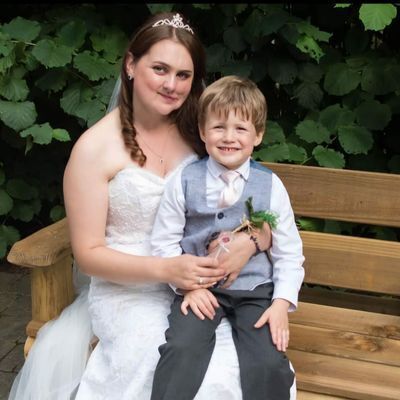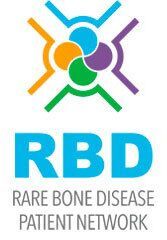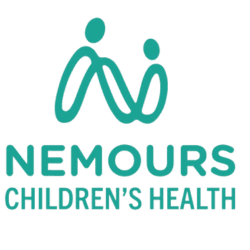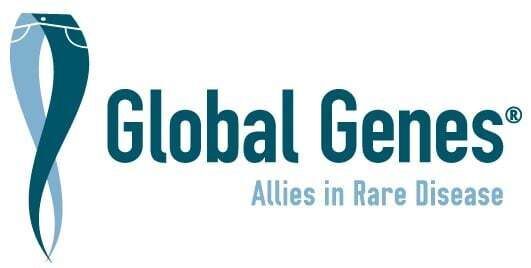
The Long Road Through a Rare Disease
Hayley's journey through the shadowy realms of Gorham-Stout disease paints a stark portrait of the challenges faced by those with rare conditions. Diagnosed in an era lacking clear protocols and defined pathways, her childhood and adolescence were punctuated by over 100 surgeries, life-threatening complications, and protracted periods in hospital wards.
Growing up in the picturesque Chiltern Hills of Oxfordshire, Hayley’s life took a dramatic turn at just six years old when a routine dental visit revealed that her lower teeth were mysteriously loose. This marked the beginning of an arduous medical odyssey, leading to the diagnosis of Gorham-Stout Syndrome—a rare disease causing bone to vanish, replaced by non-cancerous vascular tissue.
The Impact of Absent Guidelines
Without established guidelines, Hayley’s medical team embarked on a journey as enigmatic as the disease itself. Her condition stumped medical professionals and necessitated a global quest for answers. The interventions, as groundbreaking as they were—ranging from high-risk surgeries to intensive chemotherapy—were based more on exigency than evidence, a testament to the dire need for structured guidance.
A Hypothetical Journey with Consensus of Care Guidelines
Imagine if Hayley’s condition had been met with a well-documented, systematically developed Consensus of Care Guidelines. These guidelines, designed by experts and validated by research, could have offered her medical team a roadmap for her treatment.
- Early Diagnosis and Intervention: With guidelines in place, the loose teeth and subsequent findings could have been quickly linked to potential rare diseases, speeding up her diagnosis and potentially identifying the disease before it progressed aggressively.
- Standardized Treatment Protocols: Guidelines would likely have outlined standardized treatment options tailored to the stages of Gorham-Stout disease, possibly preventing some of her most invasive surgeries and reducing the occurrence of life-threatening complications.
- Ongoing Management and Support: Detailed care pathways could have provided ongoing management strategies to address not only the physical symptoms but also the psychological impact of long-term illness on a young child, ensuring a holistic approach to her health.
- Research and Future Directions: With a consensus approach, each patient’s experience adds valuable data, contributing to a better understanding of the disease and refining the guidelines further, fostering a cycle of continuous improvement in patient care.
The Role of Guidelines in Transformative Care
Hayley’s narrative is a clarion call for the necessity of Consensus of Care Guidelines in managing CLAs. Such guidelines could transform patient outcomes by minimizing uncertainties and focusing on evidence-based treatments. They are not just clinical tools but beacons of hope, offering a promise of better, more predictable medical journeys for patients like Hayley.
Conclusion: A Call to Action
Today, Hayley reflects on her life with gratitude and a profound appreciation for the small, beautiful moments. Her story underscores the essential need for ongoing research, advocacy, and the development of comprehensive care guidelines. As medical science advances, we must keep pushing the boundaries of what is possible, ensuring that future patients receive not only care but care guided by knowledge, compassion, and consensus.
Her resilience and determination remind us that behind every medical case are personal stories of struggle and triumph. By supporting the creation and implementation of Consensus of Care Guidelines, we advocate not just for better treatment but for better lives.
Help LGDA make the Consensus of Care Guidelines a reality in 2025! Donate Today!










